The Mt. Jefferson derailed July 2 when Amtrak Cascades train 502 went through a derail after passing a lift bridge stop signal south of Tacoma, Wash.
The carbody of the unit nearest to the locomotive originally appeared to be twisted, Talgo’s Josh Coran tells Trains News Wire, “but it turned out that the deformation was entirely within the elastic range of the material and the body returned to its original, straight, condition when the load (transmitted through the coupler) from the leaning locomotive was removed.”
Coran says, “the car’s pushback coupler (designed to absorb energy from a sudden stop) had a pretty good twist from the locomotive trying to turn over and will be replaced.” Steering linkages, which guide the single-axle trucks, also suffered damage on the first three cars.
The Series 8 trainset involved was one of two Talgo built for the Oregon Department of Transportation in Milwaukee as part of a production run that also included two trainsets originally purchased by Wisconsin. Talgo recently reactivated its facility to rehabilitate Los Angeles subway cars as part of a $73 million contract and is able to accommodate the repairs.
Coran says Oregon’s Department of Transportation decided to send all of the units; other work includes installation of positive train control and bistro car retofits. They are all being trucked separately because the semi-permanently coupled units can only travel by rail if the one with a standard coupler, now damaged, is operable.
After the work is completed, Talgo officials expect the trainset will return to the Pacific Northwest on its own wheels.





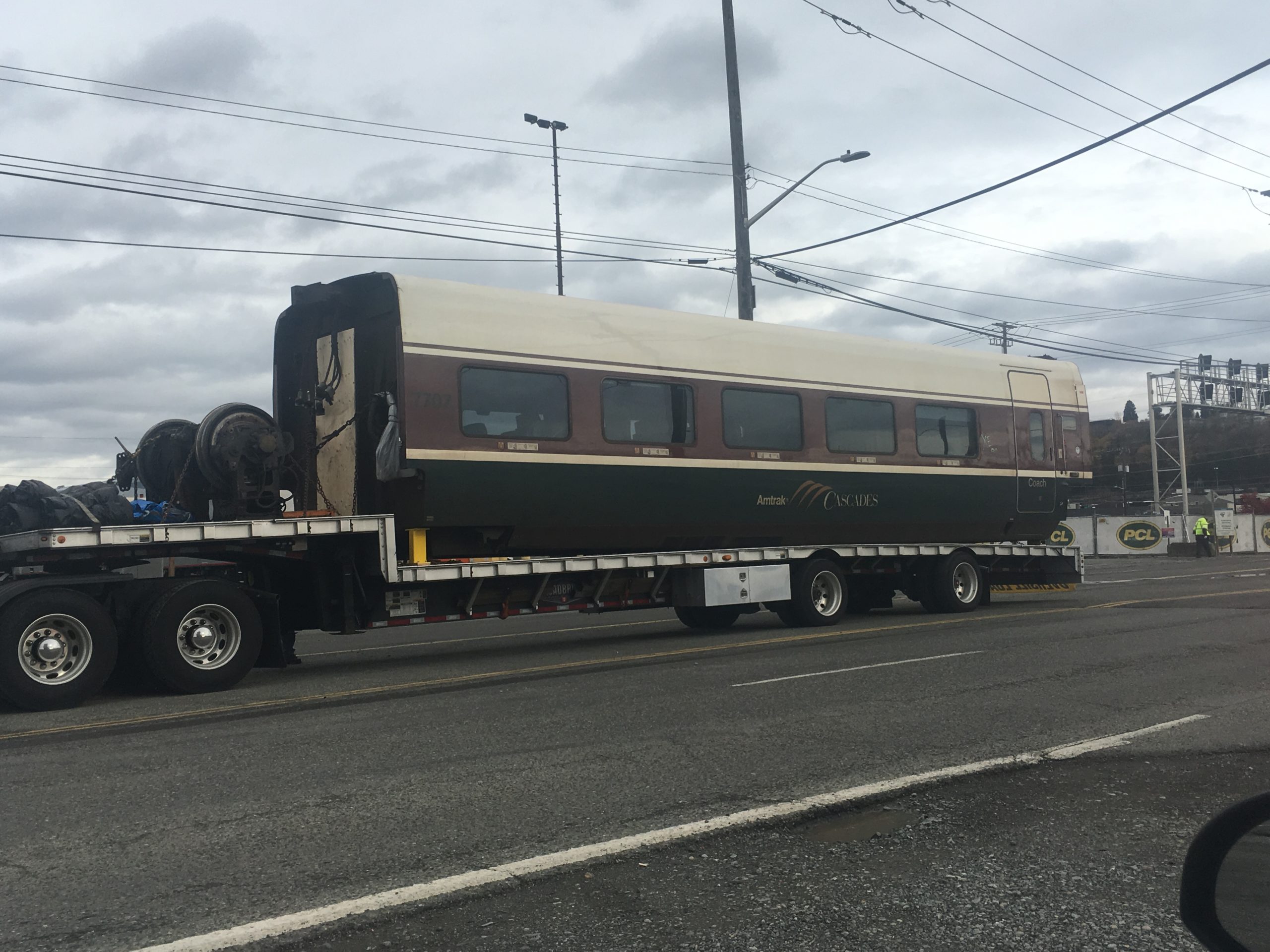
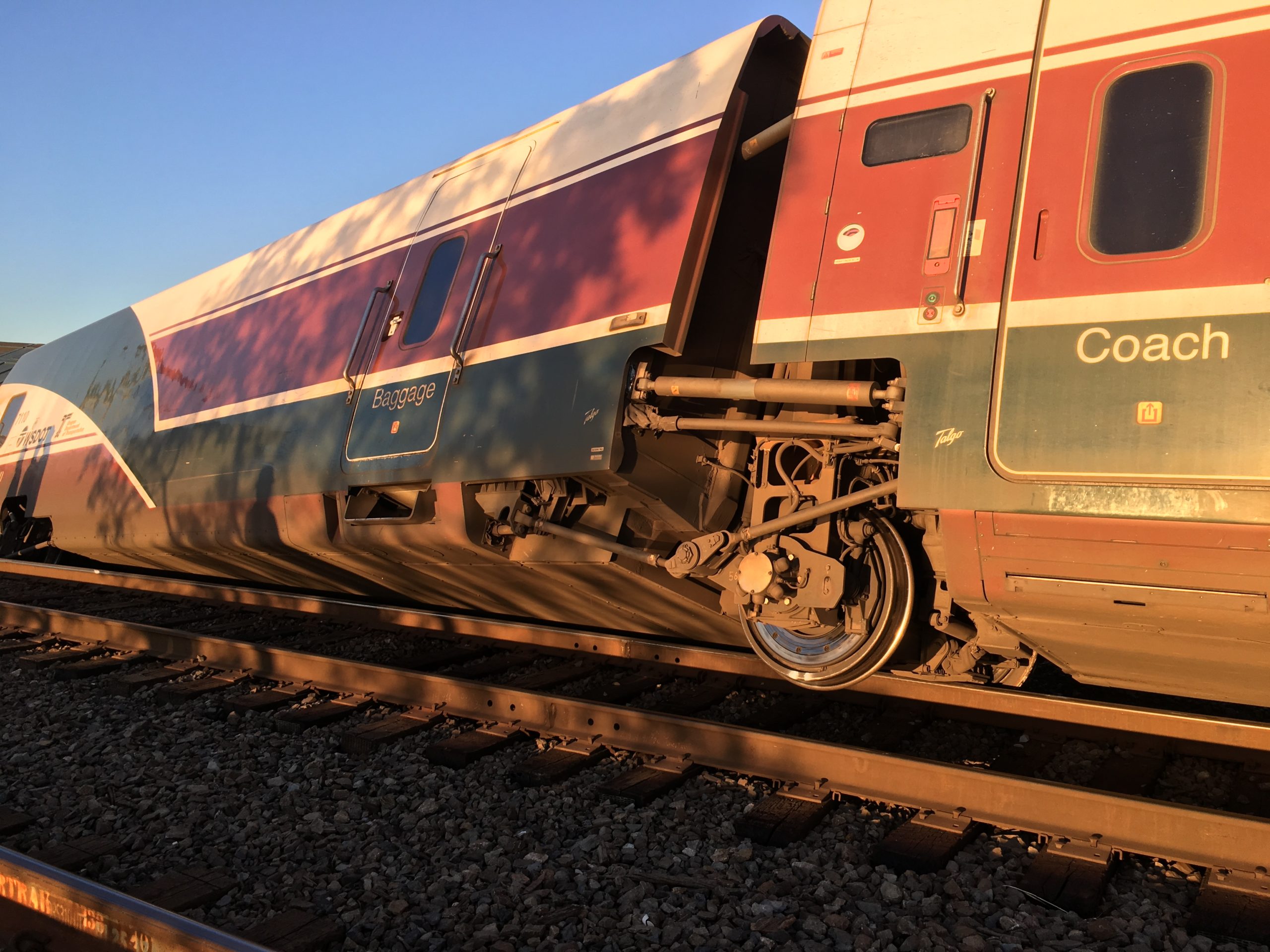

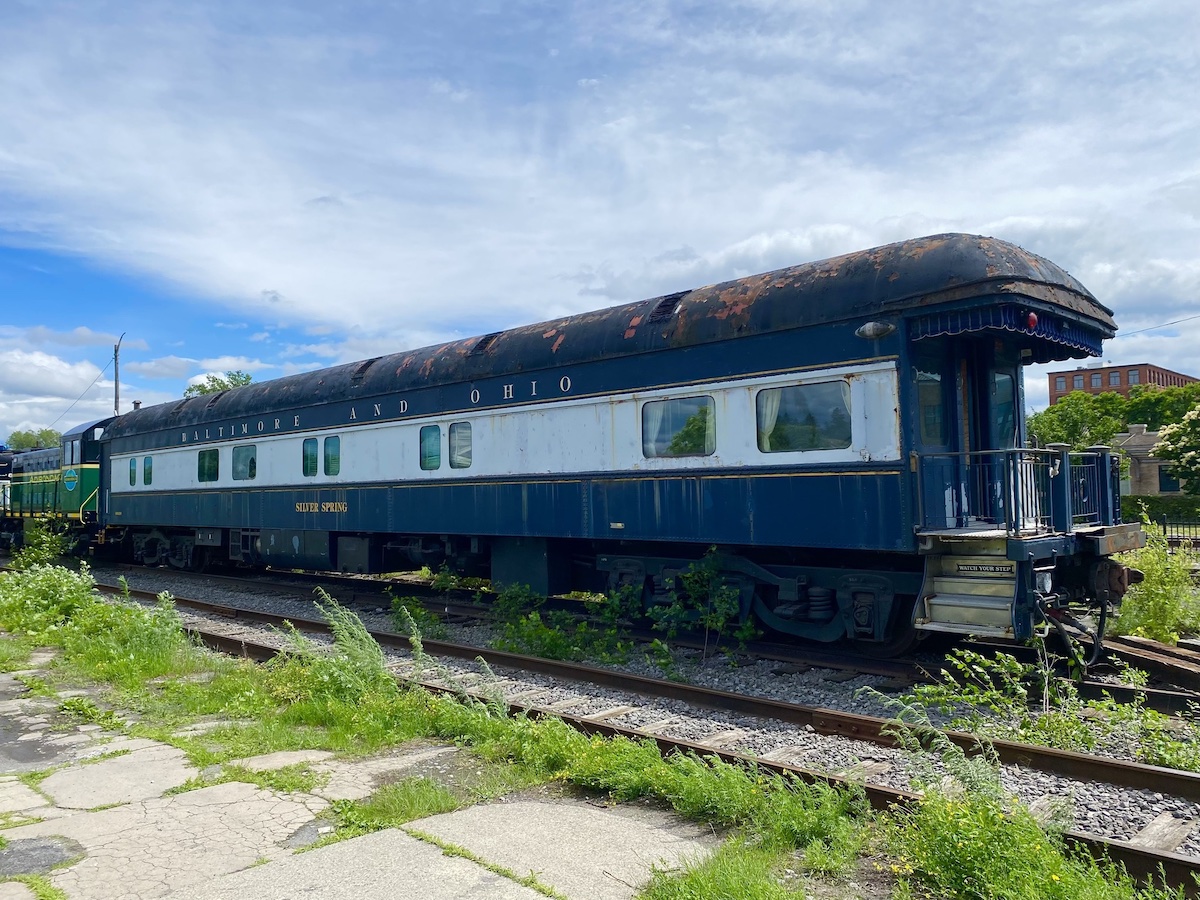
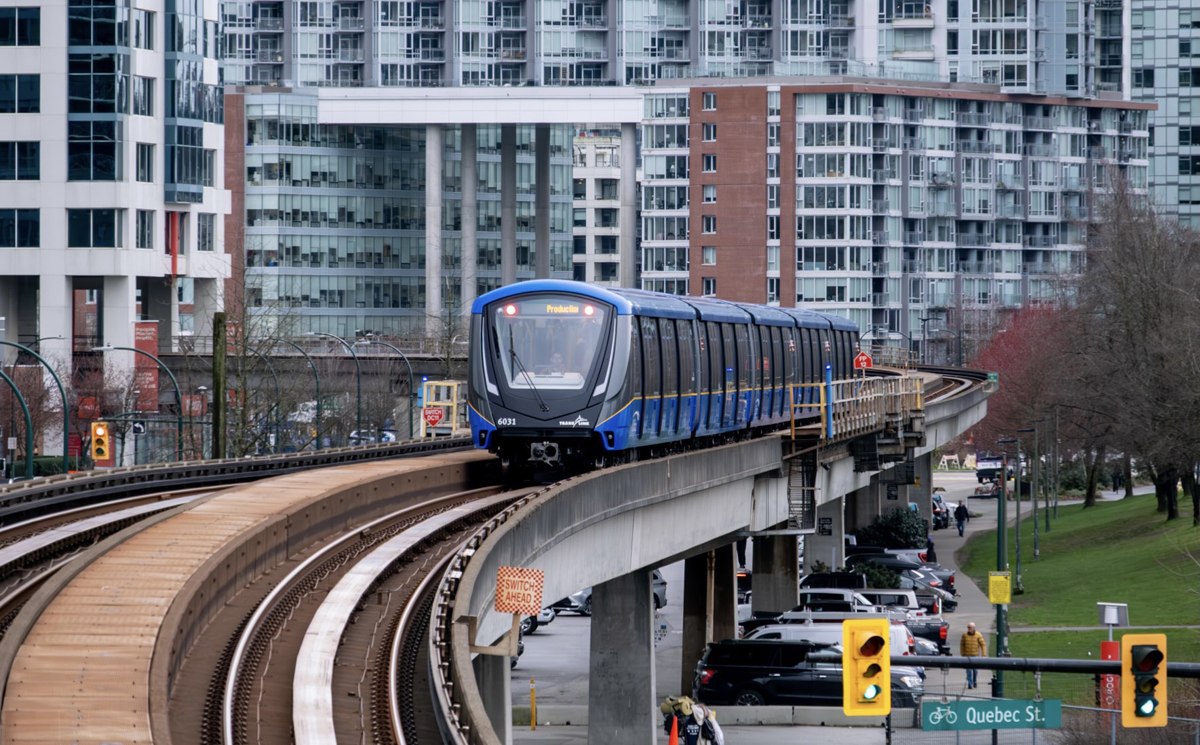
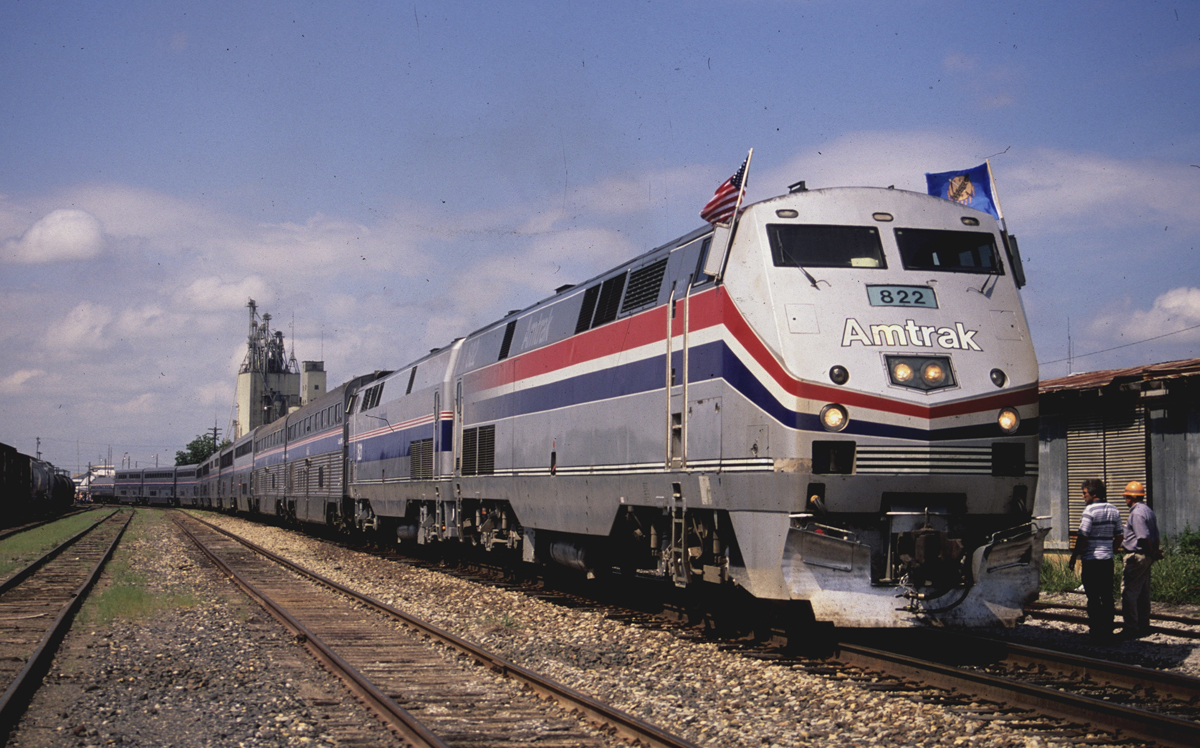
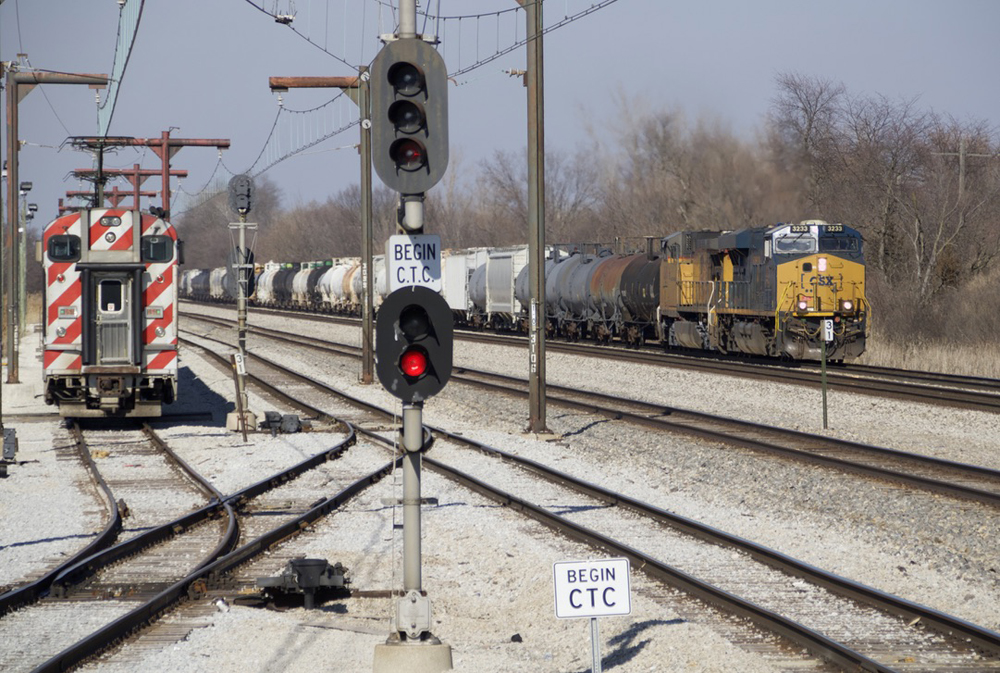




One regular load that goes by truck, the traction motors from railroad locomotives.
Over relying on highways has generated urban sprawl, however it is the political reality we are living in and the results thereto. Unfortunately, I don’t see things changing much because of the money and political interests involved.
@ Terry: You’re a bit off-topic but, REALLY? BIllions on another interestate boondoggle! Can anyone point to one area of the country where another interstate highway has demonstrably eased traffic and commuting, and diminished urban sprawl. Sounds more like a real estate developers pipe-dream.
I hate to break it to you all, but a lot of railroad items go by truck anymore. Driving the Interstates frequently, I see both railroad wheels and axles and ties by the truck load. Too, oversize loads are common. The railroads don’t even believe in themselves anymore when they need service. Don’t forget too, I don’t believe a sack of U.S. mail goes by rail anymore that I am aware of. For the most part the railroads only want to provide generic services. Too much time and trouble for anything else. What an industry. You would think investors would take note, but as long as the CEO’s can squeeze the last dollar out for a dividend no one seems to care.
The delay could be the need to remove the bodies from the bogies for shipping. Plus prepping the bodies for shipping as well as getting the bids. I would guess that people who are in the know felt trucks were the best way to ship, for some reason.
Trains can no longer compete with highways. In Texas and across America the Federal Government and states across America are spending hundreds of million dollars to build Interstate 69, aka the NAFztA Super Highway that eventually connect Canada to Mexico. In addition to accomplishing that the highway will allow millions of commuters another corridor to work and
I am advised by an insider familiar with the plan to truck that it is a huge disappointment that railway flatcars could not be used to transport these railcars to Milwaukee.
That they had to be shipped highway is the canary dying in the coal mine. The Class I railroads are not competent at retail railroading.
The answer? Please read The Steel Interstate Coalition – A Vision for 21st Century Transportation, as follows:
For want of capital expenditures on Steel Interstates to increase railway capacity, reliability, and speed, private railroad companies cannot innovate and operate highway competitive services to relieve Interstate Highways. For example, the macroeconomic 2013 Federal Railroad Administration, Higher Speed Freight Truck Market Analysis found that U.S. railroad companies leave $28 billion annual revenue on the table.
This is just one of many truck market niches that railroad companies don’t and can’t serve. At $700 billion annual gross revenue, spending on trucking is about ten times larger than spending on railroading. It should be no surprise that year after year, trucking grows a fraction of a percentage point more than railroading, gradually increasing its market share measured in shipment value, and frequency of movement, too.
The public and private sectors have taken efficient, effective Interstate Highways for granted over the past few decades. Now, however, total demand on our Interstate Highway network are stunning. Most are already at, or growing to over 200 commercial vehicles per hour in each direction. The increasing costs to maintain, rebuild, and expand the Interstate Highway network are stunning, too, a backlog of $1 trillion by some estimates. This congestion and cost makes us realize that our success as a society depends on significantly increasing capital expenditure on a Steel Interstate network to relieve the Interstate Highway network.
The Steel Interstate Coalition educates about, and advocate for a Steel Interstate network on which railroad companies will have the increased capacity, reliability, and speed to accommodate innovative, new and improved railway services. Land Ferry may be an anchor tenant that substitutes toll roads, generating a 10% to 12% return on investment. For first and last mile service, trucks may continue to need highways, but through trucks, whether driver driven or autonomously driven, may travel faster, and at lower cost, using these new and improved Steel Interstate and Land Ferry services.
We are working to form an interstate compact between, at least, the California, Nevada, Utah, and U.S. DOTs, and private sector investors. The role of this public-private partnership is to fund and execute the Scope of Work for I-80 Land Ferry/Steel Interstate Phase II Assessment to answer key business feasibility, economic development, taxpayer, safety, and environmental questions confirming that Steel Interstate and Land Ferry are a net positive, or not.
We report growing success to fund and execute assessment of a Steel Interstate and Land Ferry prototype in the I-80 corridor in the West, between Oakland and Salt Lake City. The Storey County (Nevada) Commissioners Resolution 17-645 and the thirteen Phase II Steel Interstate and Nevada Land Ferry Support Letters are tangible proof of our success. Jim Blaze, Rail Economist and Lecturer, offers that Steel Interstate is a once in a one-hundred year opportunity to increase North American railway width and height clearances. The 160,000-member Owner-Operator Independent Drivers Association is eager for answers to key questions how Land Ferry will work for its drivers.
The Steel Interstate concept, and the Coalition that we are building is both cutting-edge, and at the beginning stage of expanding its base of support. We need everyone to participate. State DOTs, railroaders, and truckers won’t take care of it alone. We need your vote of confidence as well as your financial support, enabling us to maintain and expand our successful stakeholder outreach in Nevada, and expand it to California and Utah. Please donate to the Steel Interstate Coalition.
We welcome your questions and feedback. All Aboard!
Please find this draft on my LinkedIn page, complete with hyperlinks to citations. See steelinterstate.org, especially our Mission and Project tabs. Or email me fosterr@comcast.net direct.
It appears that the train’s owners wanted their equipment to arrive in Milwaukee “on time and in one piece” as opposed to taking a rail tour of North America for six and a half weeks.
It was cheaper or more efficient to have a whole convoy of trucks back to Milwaukee rather then load them on flatcars for the trip? Seems odd!
Sad. Class 1 railroads are the only business I know that is looking for less work.
What does it say about railroading when trucks to do this heavy haul?
I suspect this move was put out to bid and this was the cheapest answer
And it only took a little over 4 months to get them moving towards the repair facility.